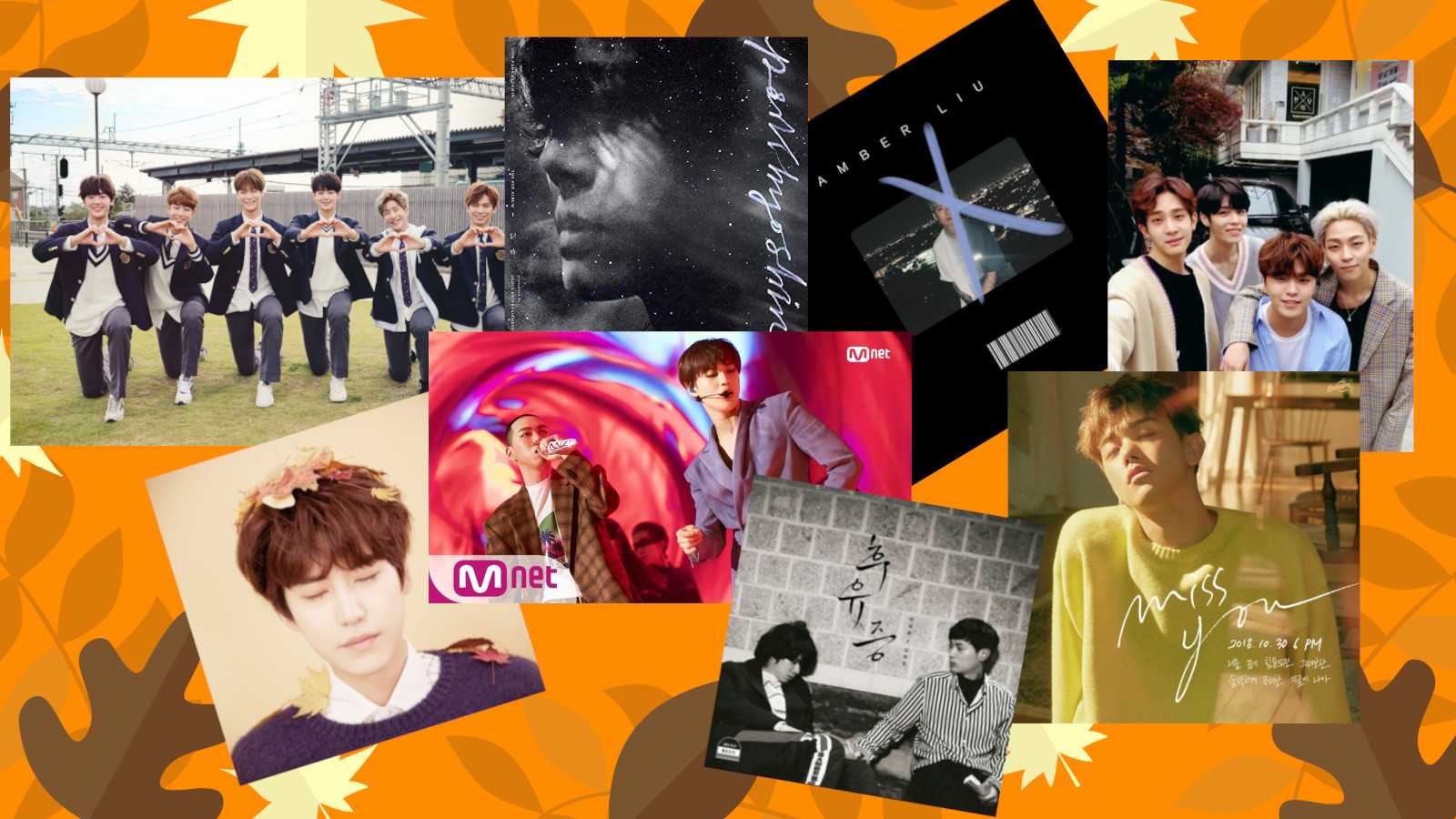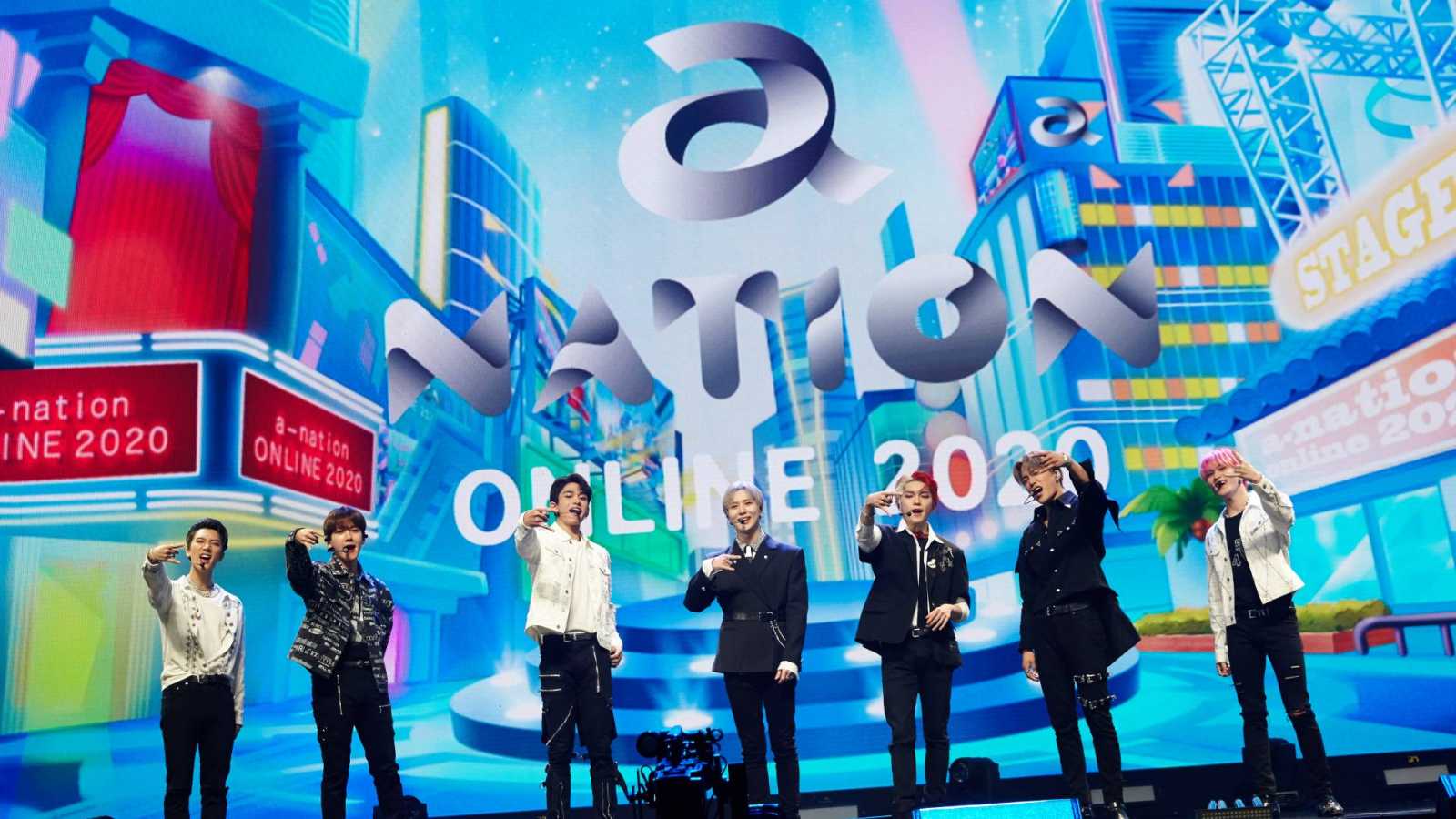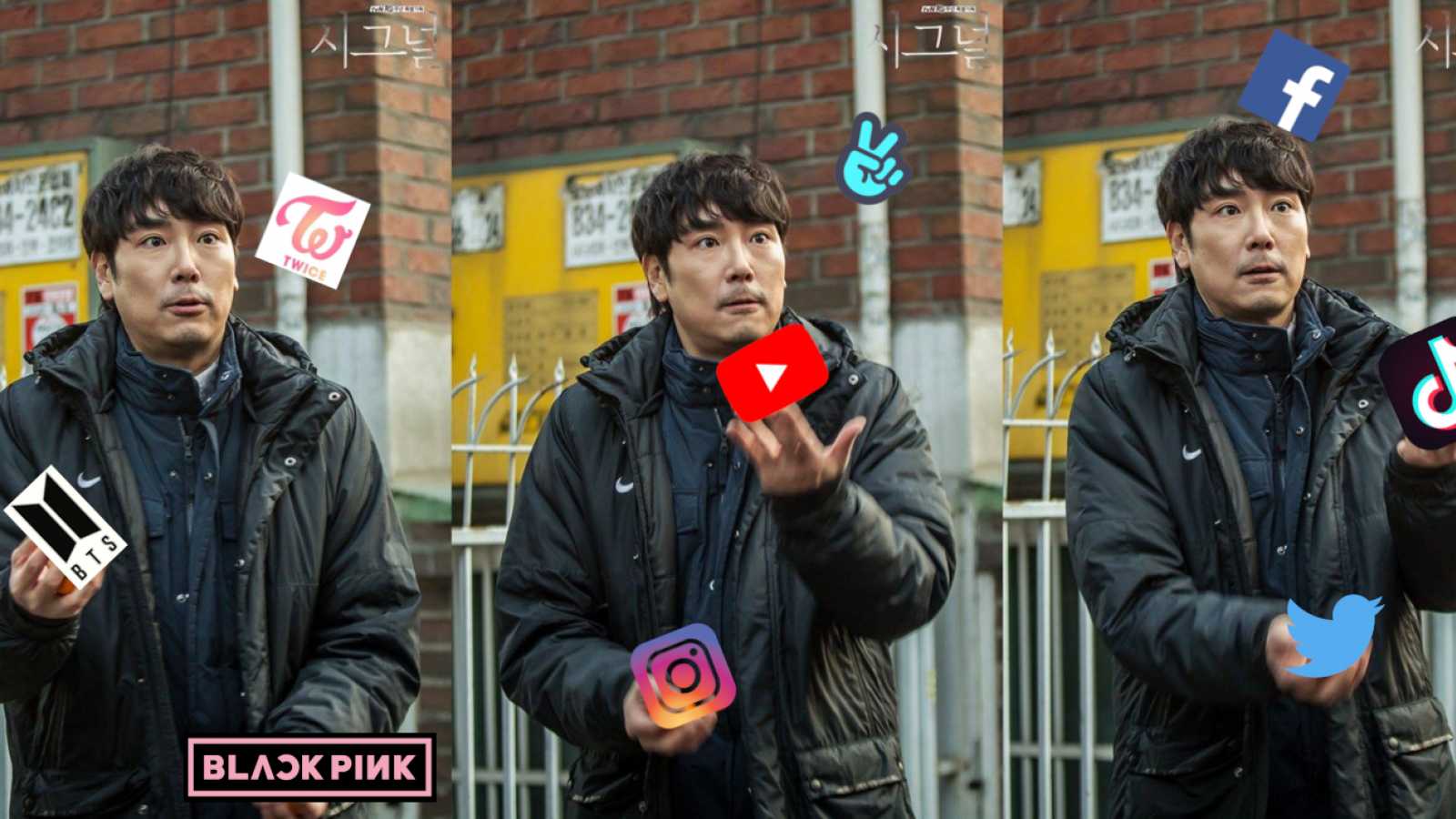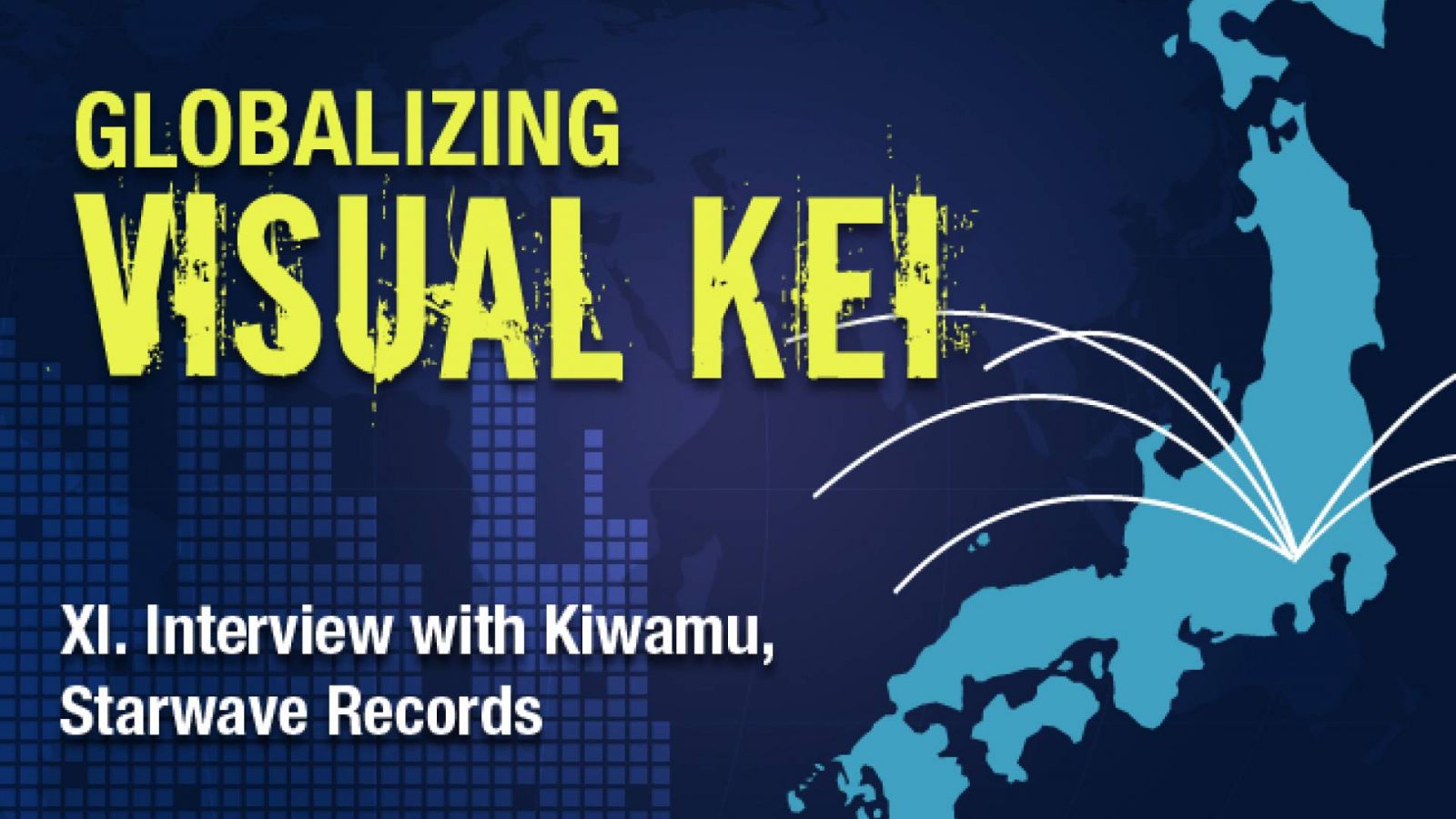While some industries are forthcoming in their operations and practices, others are not, and the music scene in many aspects tends to keep their fans in the dark. This is often done with only good intentions; fans should be carefree and enjoy what is produced, not concerned with the effort it takes to get there. However, not all fans appreciate this undertaking, and in fact, the secrecy involving the industry often leads to gossip, rumor and incorrect information.
Further, in the case of Japanese music, the language barrier can also make cultural differences and intricate details of the scene more difficult to understand. While much of the Japanese music industry is aware of overseas interest, its primary focus is catering to the Japanese fandom, and for visual kei, this is no exception. This limits overseas fans from accurate information, inclusion into the “real” scene, potential for growth, and active participation in the scene from their home country.
The confusion surrounding the visual kei scene can be explained in multiple ways. One leading reason is that overseas fans that have not been to Japan do not have a firsthand account of the fan scene, and must base their opinions off photos, video, and word of mouth. This can be misleading and make a band seem much larger than it is, even for a “major” band. Others rely on gossip boards, fan communities and fansites, which can be rampant with misinformation. Without this firsthand experience, perceptions of visual kei within Japan can be skewed in a number of ways, ranging not only from the belief that visual kei is “mainstream,” but to issues which stem much deeper, such as how the scene runs and the realities behind many musicians.
Misconceptions of Visual Kei Popularity
In the
globalization survey I conducted on JaME, fans around the world were extremely divided over whether visual kei was a mainstream music style or not, with only 43% of fans believing it was underground, even in Japan. While Japanese media have reported overseas popularity,
1 this has been criticized and considered overblown by the Japanese fandom.
2 The term “popularity” can be a trait for both mainstream and indie music styles, but it is important to understand the distinct difference:
“In a basic sense, the term “popular” has often been used to refer to music that is, indeed, popular, meaning it is consumed in great quantities and enjoys a large following. In essence then, popular music may be labeled as such simply because it is mass-produced, disseminated, and consumed. But popular music may also be categorized by its aesthetic qualities, even when artists who perform in a popular vernacular enjoy limited recognition and sales.”
3
It is incorrect to say visual kei is not “popular;" all niche markets are popular in their own way, but to say visual kei is popular on a mainstream music level is grossly overplaying the current state of the visual kei scene.
Misconceptions about this music style go much deeper than only surface issues such as fandom size and popularity. Many fans globally, foreign or Japanese, often do not know how the business side of the scene works unless they have worked directly with companies or befriended bands. The reality of this is a rude awakening: poor musicians, and most of visual kei’s glamour stripped away, baring much of the true issues which lie underneath.
Fandom and Venue Size
A major misunderstanding about visual kei is a band’s true fandom size. With many bands today having music and websites easily accessible, a fan anywhere in the world could potentially discover and begin to follow a band. However, many of these fans are wholly unaware that some visual kei indie bands have such a small following that in reality, they cannot even fill the front row of a venue, much less the venue itself. It is also important to also understand that some of these bands aren’t even aware their music has reached overseas audiences, especially if their fanbase at home is small.
When asked about event attendance,
Jimi Aoma, ex-bassist for the band
Chemical Pictures said, “At one-man shows it's a different story, but at regular events sometimes you just have an inconvenient day, or aren't playing with the right kind of bands, and you get maybe 30 or 40 people. The more popular bands will do upwards of 60 or so. Apparently a few years ago it wasn't uncommon for one band to get 100 people in there. So there's a lot of frustration and almost desperation in the scene to get more people to come. I think that's why for awhile bands were so eager to go play gigs overseas, because it had been becoming so hard to pack a live house.”
4
For some bands, even 30 to 40 fans is considered a successful live. Bands that play in venues such as Urawa Narciss, Ikebukuro Cyber or the HOLIDAY venues frequently get less than ten fans per live, according to Polina Kogan, a JaME press representative who lived extensively in Tokyo. It was not unusual for her to attend a show in which certain bands only drew three or four fans in total.
5
By misunderstanding the original size of a band’s fan base, when the fandom does grow in size and the band signs to a record label and transitions from “indies” to “major,” the assumption is often made that “going major” and “going mainstream” are synonymous; this is incorrect. There are still “major” indies artists — these are simply bands with much larger fan bases who sell at a much higher volume, not only music but concert tickets. For example, the record label PS COMPANY, Co, ltd. has two versions: Indie-PSC, for indies artists, and PS COMPANY, home to its major artists. An artist can only be truly considered "mainstream" when its music reaches a level which is consumed by mass markets, or when the artist is signed onto a mainstream music label, such as Sony Music Entertainment or Electric and Musical Industries Ltd. (“EMI”).
X JAPAN, for example, is currently a band under EMI and for many Japanese, is a household name.
A further misinterpretation of visual kei’s status is that venue size equates popularity. There have been some visual kei bands which have played incredibly large venues:
the GazettE is an example of this, having played Tokyo Dome, which seats 55,000 people
6 in December of 2010; they did not however, fill the venue to capacity. Other artists once associated with visual kei, such as
GACKT,
X JAPAN and
L’Arc~en~Ciel have all performed at likewise stadium-styled venues, both within Japan and overseas.
The majority of visual kei artists play at much smaller venues, with a few of the largest being Shibuya AX at 1,500
7, as well as Shibuya O-EAST
8 and Akasaka BLITZ tied at 1,300.
9 On the much smaller scale, visual kei artists also play at venues such as Takadanobaba AREA which holds 400,
10 and Urawa Narciss which can only fit 250 people.
11
CD Ranking
The Oricon Music Charts, the Japanese equivalent to the Billboard Music Charts, also can cause uncertainty among fans who do not know how Oricon calculates the charts. Oricon ranks visual kei CD sales on both the indies and major levels, and is used by many fans as a gauge to determine not only the level of popularity of a group but the quality of that particular CD; for some fans, unless it ranks high, it won’t be purchased. Japanese CDs are often sold in numerous versions as this will increase the revenue because some fans are collective consumers.
Oricon explains that when a CD is released in multiple versions, the total sales from all versions are added together and ranked as if it was a single CD. For an album with four versions, combined they may ultimately sell more copies than a CD with only one version; this puts the four-version CD higher on the ranking scale and makes it look more popular than it truly is.
12
Social Stigma of Visual Kei
When the visual kei band
Golden Bomber reached the top of the non-visual kei daily album Oricon chart, it seemed their music had reached mainstream audiences.
13 Yet, when the band appeared on “Hanamaru Market,” a morning TV talk show in Japan, and were announced to have reached first place in the ranking, it seemed clear that the band did not meet the hosts’ expectations of a band that would typically top the chart.
When the band emerged on stage, the hosts first commented on the band’s make-up and costumes, with one host even exclaiming, “scary!" Yet following this introduction, much of the commentary was more lighthearted. The band themselves appeared to be having fun, and even struck a “dramatic” pose after announcing they were a visual kei band. However, when the band and the hosts discussed the results of the Oricon charts together, one emcee exclaimed, “You’re
really number one?!” to which a band member replied, “This is seriously the real ranking.”
14
While this group is certainly not a typical visual kei band because of their air band gimmicks and wild performances, their visual attributes appeared to play the largest part in their treatment on the show.
This social stigma of visual kei being seen as a “lesser form of music” is one that hangs over the entire music style and has been mentioned by many artists over time.
ShuU of
girugamesh explained, “In Japan there is still some kind of discrimination against visual kei. If you say: 'I play in a visual kei band' they would answer: 'Oh, it’s ok…' And we would like to dispel that.”
15
One musician, who we’ll call
Mr. A,* a Japanese band member who has had experience also in visual kei bands, explained that he had endured taunting by other bands during the early times that he had been trying to move with his band into a different genre of rock. While he was the only member left wearing make-up because he felt it added to the quality of the live performance, he felt embarrassed when other bands would laugh and ask if they were visual kei.
16
*Note: Mr. A has asked to remain anonymous.
It is not uncommon for fans globally to criticize bands that lose their make-up and extravagant costume styles as they grow more popular or go major. For some artists, however, the visual components are seen as something which holds their band back from mainstream popularity and acceptance. In some cases, to move to a new record label, it may be required of them to drop their visuals; others may just believe it is necessary to further their growth and continue to grow fans.
17 Yet, this is not the view held by all artists:
Mr. A explained that he saw other bands lose many fans after giving up visuals; he believed it to be caused by the fact that the concerts were not as exciting once they had lost their glamour element.
18
Monetary Expenses of a Visual Kei Artist
When the visual kei band
SHAZNA collaborated together to write the non-fiction novel
Homeless Visual Kei, it is unlikely that they realized the term later continued to describe the very lifestyle of many musicians within the genre. The novel discusses the band members of
SHAZNA’s rise to fame but not without its struggles. The band detailed their constant debt to the point of depleted savings, living in poverty-stricken conditions and having their lives turned upside down, from divorces to holding multiple jobs to make ends meet. Their story is not alone; visual kei artists across Japan have endured such poor living conditions. Due to social stigma for people to have wild colored hair or piercings, many musicians as well as other people living alternative lifestyles are forced to hold non-office job positions, such as bars, izakayas, convenience stores, and pachinko parlors. It is also not uncommon for band members to work in host clubs and other similar fields. While there are musicians who may hold “proper” jobs such as office workers, etc., their other “identity” of being a band member is often kept hidden.
Money wise, visual kei is a hard life. It was explained by
Mr. A that, “Back when I was in a visual kei band and we were touring we paid maybe 50,000 to 60,000 yen* a month per person and we were on the road half the time and had seven to eight lives per month. We never made any of that money back. [..] I didn't spend as much on make-up or clothes as some people; my most expensive costume was 40,000 yen* and I made it myself. But the price changes due to having to get equipment fixed, the band van checked, and other sudden issues.”
19
milkjamjuice, a vocalist whose bands performed alongside visual kei acts as well as assisting other musicians with their visual kei projects said, “[In a non-visual kei band] we rarely broke even for a live. I walked away with cash in my hand only a few times and it was a very small amount.”
20
*50,000 to 60,000y is $620 to $750/€430 to €520. 40,000y is $490 and €340.
Visual kei artists, in most cases, are responsible for all costs involving their activity. Yet for concerts specifically, there is no exclusive form of ticketing, and the process changes depending on various factors: what the venue is, if there is a sponsor, which bands are playing, and if there is a ticketing agent or promoter to help the process along. For many smaller venues, the bands themselves are responsible for selling tickets.
For venues in Japan,
Jimi Aoma explained how his experience with live house ticketing worked: “[For events with a sponsor] the sponsor rents out the live house for the day, brings in a bunch of bands, and then the return is 50% back from the 21st ticket onward that you get reserved under your name. So at the door they're always checking which band you came to see.”
21
The payout system could additionally change with each sponsor. “Sometimes the sponsor is simply a band who is headlining, sometimes the sponsor is an event organizer, and sometimes the sponsor is an event organizer who actually works at said live house,” explained
milkjamjuice, who went on to describe a system called “noruma.”
“The initial tickets are like a goal, and once you reach it, you've reached noruma. Just like the payout changes, ranging from 1%~100% of ticket price, the number of tickets to reach for noruma also fluctuates per each event. I've played at events that had 15 tickets as noruma, and some events that were 30 tickets for noruma. Events with more bands tend to have a lower noruma per band, whereas events with fewer bands tend a have higher level.”
22
When there is no sponsor, the payout system is again different. In this case, the organization with the live house will be done directly by the headlining band, as is done with one-man events. While each band still owes money, it is all handled by the headlining band in place of a sponsor. At the end of the event, the money will be transferred from band to live house management.
23
In other parts of the world, the ticketing style can vastly range. In the United States,
Chele, an ex-ticketing manager for a small club in Virginia detailed her experience; bands were responsible for selling 50 tickets and each ticket on average was $10*. Every artist playing that night was responsible to sell the requisite amount of tickets, including the headlining band. Should the bands not sell the required amount of tickets, they were each responsible to either pay the venue out of pocket for that expense or forfeit the opportunity to go on stage. If a band sold 50 or more, they received the first $225* and 50% of every additional ticket sold.
24
*$10 and $225 is €6 and €150.
Roger, owner of the American promotion company Tainted Reality based out of Pennsylvania shared his experience working with venues: many clubs would take the first $500.00* and then 20% of all profit afterwards. Tainted Reality would take 15% of all final earnings post club cut, leaving the rest to the band.
25
*$500 is €340.
In Europe, the experience is again different. JRock NL, a Dutch organization which brings bands to The Netherlands said that their ticketing was done through the venue but JRock NL decided the price of the ticket. Since JRock NL is a non-profit organization, the ticket revenue was used to cover all necessary expenses, including an artist fee.
26
Ultimately, ticketing is just one of many expenses that a musician must incur. Aside from their money spent on touring, advertising, costumes (which can cost well into the thousands depending their complexity)
27 recording and other necessities to properly function as a musical unit, even promotion and features in magazines come with a price.
When examining how bands were selected to be in Japanese visual kei magazines, it was explained that while sometimes the publishing magazine offers to promote the band, other times the request to be in the magazine comes directly from the record label, management or band itself. In both instances, there is often a fee associated with “advertising” or essentially featuring the band in the magazine. The fee would depend on where the artist was featured within the magazine and what type of promotion is done. While the band is essentially buying advertisement space to put their name out there, the magazine disguises these as articles and various spreads: consider “how to get the look” make-up tutorials, or in-depth look at costumes or personal clothing styles. With these articles, fans can read about their favorite artists, make-up and clothing brands, and all of the companies and artists involved receive promotion as a result. The most expensive cost would be if the artist was on the magazine’s cover – this fee could range easily from 300,000 to 700,000 yen*. Due to these costs, most artists featured in visual kei magazines are already established bands; while the publishers seem aware that newcomers to the scene need publicity, without the funds to pay these fees, they are rarely included.
28
300,000 to 700,000 yen is $3,700 to $8,660 or €2,570 to €5,999.
This is not something strictly set to the visual kei scene however; it branches into other types of Japanese magazines and in some cases, even magazines globally. Yet the way magazines work is not a universal practice, and may vary by country, culture and even within genre. In other areas of the world, there are costs associated with being in a magazine as well as being featured on the cover, but they are more in depth than an “advertisement” fee; the monies paid out go to the photographer, hair and make-up stylists, and other necessities. In most cases, the magazine itself covers these expenses, but it is occasionally covered by the artist’s label.
29
Crossing the Borders of a “Fan”
Many visual kei artists have found ways to make money outside of holding down numerous part time jobs.While some artists remain at home and live with their parents to sustain their lifestyles, others depend on their girlfriends or wives. In some cases, band members have branched out into a practice called “mitsugu,” which translates to “giving someone money (i.e. a donation).”
30 This does not always equate to money; some band members will receive anything from basic to extravagant gifts, ranging from designer jewelry to clothing and more. A band member can have numerous girls that practice mitsugu. The next step up however is the “mitsukano,” again using the word “mitsugu” and “kanojo,” which means “girlfriend.” A mitsukano is a girl who pays the band member for dates or a relationship; in exchange for her money. Some of these can be extremely pricey – in some cases, the girl is responsible for giving the band member spending money or covering his rent.
Bands that allow fans to practice mitsugu are also breaking another “rule” of the scene, called “tsunagari.”
31This loosely translates to “connection or relationship” and it means the crossover from being only a fan to being an acquaintance or girlfriend of a band member. For fans who live in western countries, this rule may come as a surprise; it is not uncommon for American or European band members to not only befriend their fans but sometimes even date them. In the visual kei scene, this is strictly taboo. While there are many Japanese fans who eagerly want to cross this line, it is a difficult but not impossible thing to do; on the gossip boards such as 2 Channel, tsunagari and mitsugu are often hot topics and fans regularly discuss how to get around these boundaries.
Uchiages, also known as drinking parties, are another way to both build your fanbase and make money. Even for band members who don't drink, they are often told they have to for such events, according to
Mr. A. He explained that he felt it might be a tradition of visual kei to show you could drink a lot, and as a result, many visual kei bands hold uchiages as a way to make quick money and show off their "coolness." While his bands did not practice this, he knew friends that did. Usually, the company would have the band host a drinking party with fans, charging the fans 5,000 yen* for their drinks. In reality, the cost was 4,000 yen or less and the company would subsequently pocket the rest.
*4,000y/5,000y is $50/62 and €34/42.
Mr. A recalled a friend who didn't like drinking, and would drink at home on his days off to try and adjust to the taste. However, if a band member was adamant about not drinking much, his other band mates would often drink the rest of his share - discreetly.
32
Summary
Despite working in the visual kei scene, even for employees, press and bands themselves, there is always more to learn. It is thus impossible to fully detail all of the intricacies of the visual kei scene; like many things in life, there is constant change in how things are done, and there is always more to it than meets the eye.
I hope you have enjoyed the second installment of the “Globalizing Visual Kei” web series. Join us next Sunday, as we discuss the rise of visual kei in North, Central and South America.
___________________________________________________________
[1] “Visual Kei Artist ga Kaigai de Daininki no Riyuu”, Oricon Biz, October 14, 2009.
[2] “Visual Kei”, last modified March 30, 2011.
[3] Jennifer Milioto Matsue “Making Music in Japan’s Underground: The Tokyo Hardcore Scene” (Routledge, 2008) 111-112
[4, 21] Jimi Aoma, E-mail interview with author, March 10, 2011.
[5] Polina Kogan, E-mail interview with author, May 25, 2011.
[6]“Tokyo Dome”, last modified April 11, 2011.
[7] “Shibuya AX”, last modified March 2, 2011.
[8] “About Shibuya-O”, last modified 2011.
[9]“Akasaka Blitz Floor Map”, last modified 2011.
[10] “Takadanobaba Area”, last modified March 6, 2009.
[11] “Live House Narciss”, last modified 2011.
[12] “Ranking Oricon no Ongaku Sofuto (Single, Album) ni Tsuite,” Oricon, March 2, 2009.
[13] "Golden Bomber's New Album Ranking First on ORICON Charts!”, Music Japan+, January 7, 2011.
[14] Hanamaru Market, first broadcast January 24, 2011 by TBS.
[15] “Interview with girugamesh in Saint Petersburg, Russia”, JaME, May 25, 2009.
[16, 18, 19] Mr. A, E-mail interview with author, March 1, 2011.
[17] Kiwamu, Starwave Records, E-mail interview with author, February 13, 2011.
[20, 22, 23] Milkjamjuice, E-mail interview with author, April 19, 2011.
[24] Chele, E-mail interview with author, May 25, 2011.
[25] Roger, E-mail interview with author, February 17, 2011.
[26] Jrock NL, E-mail interview with author, May 25, 2011.
[27] “Order Made Mask Factory”, ID Japan, last modified 2011.
[28] Anonymous, E-mail interview with author, March 12, 2011.
[29] Kathy Chee, E-mail interview with author, May 31, 2011.
[30, 31] 2 Channel, 2011; Anonymous, E-mail interview with author, May 26, 2011.



















